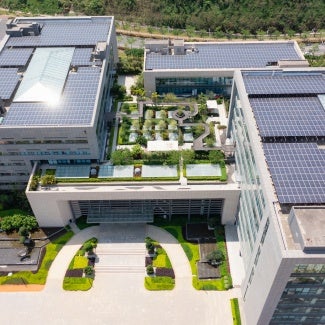Design for Adaptability, Deconstruction, & Reuse
Good architecture accommodates change, withstands wear and tear, and serves as a flexible community asset in times of crisis. This guide explores how to design adaptable buildings that last in challenging times.

Buildings that last
Architecture is culture, history, and a record of who we are. Good architecture is even more: It accommodates change, withstands wear and tear, and in times like these, serves as a vital and flexible community asset in times of crisis.
In 2015, the United States building industry generated 169 million tons of construction and demolition debris. For all the heavy lifting a new building requires, our structures are often torn down before they reach the end of their useful life. It doesn’t have to be this way. By being more intentional about the flexibility of a structure, buildings can hold neighborhoods together, encourage social equity, and contribute to community resilience for extended periods of time.
This practice guide looks at strategies for designing for adaptability, deconstruction, and reuse and covers:
The environmental, health, and economic benefits of using these design strategies.
Pitfalls to watch out for and how to handle them.
Case studies that demonstrate how flexible design can also be beautiful design.
Architects play a crucial role in climate action through sustainable and resilient design.
Join the AIA Architecture & Design Materials Pledge to more holistically evaluate your materials and finishes.



